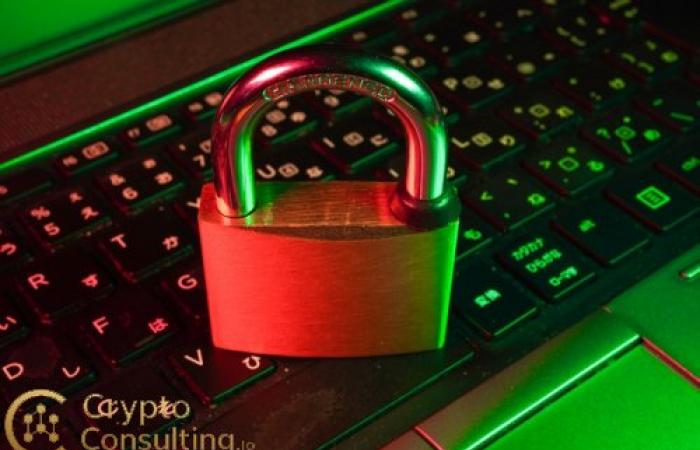Cryptocurrency security is paramount for protecting your digital assets from theft, hacking, and scams. Unlike traditional banking where institutions provide fraud protection, cryptocurrency holders bear full responsibility for securing their funds. This comprehensive guide covers essential security practices that every cryptocurrency user must understand and implement to safeguard their investments.
Password security forms the foundation of cryptocurrency protection. Create unique, complex passwords for every cryptocurrency-related account including exchanges, wallets, and email. Strong passwords contain at least 16 characters combining uppercase and lowercase letters, numbers, and special symbols. Avoid common words, personal information, or patterns. Never reuse passwords across accounts, as breaches on one service could compromise all your accounts.
Password managers solve the challenge of remembering multiple complex passwords. Applications like 1Password, Bitwarden, or LastPass securely store passwords while requiring only one master password for access. These tools can generate random strong passwords and auto-fill login forms. Choose a reputable password manager with end-to-end encryption and strong security track record. Enable password manager security features including two-factor authentication on the manager itself.

Two-factor authentication (2FA) provides critical additional security beyond passwords. 2FA requires a second verification method when logging into accounts, typically a code from an authenticator app or SMS message. Authenticator apps like Google Authenticator, Authy, or Microsoft Authenticator generate time-based codes that change every 30 seconds. These are more secure than SMS-based 2FA, which can be compromised through SIM swapping attacks.
Enable 2FA on all cryptocurrency accounts immediately. Exchanges, wallets, and email accounts should all require 2FA. When setting up 2FA, save backup codes securely in case you lose device access. Consider using multiple 2FA methods where available. Some services offer hardware security keys like YubiKey for the highest level of authentication security, particularly valuable for accounts holding significant funds.
Phishing attacks represent one of the most common methods hackers use to steal cryptocurrency. Scammers create fake websites or emails impersonating legitimate services to trick users into revealing passwords or recovery phrases. Always verify URLs before entering sensitive information. Bookmark legitimate websites rather than using search engines. Be extremely suspicious of unsolicited emails, messages, or social media contacts requesting account information or promising investment opportunities.
Recognize common phishing tactics: urgent messages creating false sense of emergency, emails claiming security issues requiring immediate action, offers that seem too good to be true, misspelled URLs mimicking legitimate sites, and requests for recovery phrases or private keys. Legitimate services will never ask for your recovery phrase or private keys. When in doubt, contact the service through official channels rather than responding to suspicious messages.
Hardware wallets provide the gold standard for cryptocurrency security. Devices like Ledger Nano X, Trezor Model T, or KeepKey store private keys offline, protecting them from online threats. Even when connected to compromised computers, hardware wallets require physical button presses to confirm transactions, preventing malware from stealing funds. For holdings over $1000, hardware wallets are essential investments.
Recovery phrase security is absolutely critical. Your 12-24 word recovery phrase can restore wallet access if you lose your device. Write recovery phrases on paper or metal backup plates, never store them digitally (screenshots, cloud storage, or computers). Store physical backups in secure locations like fireproof safes or bank safety deposit boxes. Consider splitting backups across multiple secure locations for redundancy while protecting against loss or damage.
Exchange security requires special attention. While exchanges provide convenience for trading, they control your private keys, making them custodians of your funds. Only keep funds on exchanges when actively trading. Transfer long-term holdings to personal wallets. Research exchange security features including cold storage percentages, insurance coverage, and security audit history. Enable all available security features including withdrawal whitelist addresses and withdrawal delays.
Public Wi-Fi networks pose significant security risks. Avoid accessing cryptocurrency accounts over public Wi-Fi in cafes, airports, or hotels. These networks can be compromised, allowing attackers to intercept communications. If you must use public Wi-Fi, employ a reputable VPN service to encrypt your internet connection. Better yet, use your phone's cellular data connection which is more secure than most public Wi-Fi networks.
Software security hygiene prevents malware infections. Keep all devices updated with latest security patches. Use reputable antivirus software and keep it updated. Only download wallet software from official sources. Be extremely cautious about clicking links or downloading attachments from unknown sources. Consider using a dedicated device for cryptocurrency activities separate from general browsing to minimize malware exposure.
Scam awareness protects against social engineering. Common cryptocurrency scams include fake giveaways, pump-and-dump schemes, fake initial coin offerings, romance scams, employment scams requiring cryptocurrency payments, and impersonators pretending to be celebrities or support staff. Remember: legitimate opportunities don't require sending cryptocurrency first, no one gives away free money, and genuine support will never ask for private keys or recovery phrases.
Regular security audits maintain protection over time. Periodically review account security settings. Update passwords and 2FA methods. Test recovery phrase backups to ensure they're readable and stored correctly. Review authorized devices and sessions on exchange accounts. Check for suspicious activity including login attempts from unknown locations. Stay informed about new security threats and update practices accordingly.
By implementing these security essentials, you significantly reduce cryptocurrency theft and loss risks. Security is an ongoing practice requiring vigilance and continuous learning. Stay informed about new threats, regularly update security measures, and never become complacent about protecting your digital assets.






